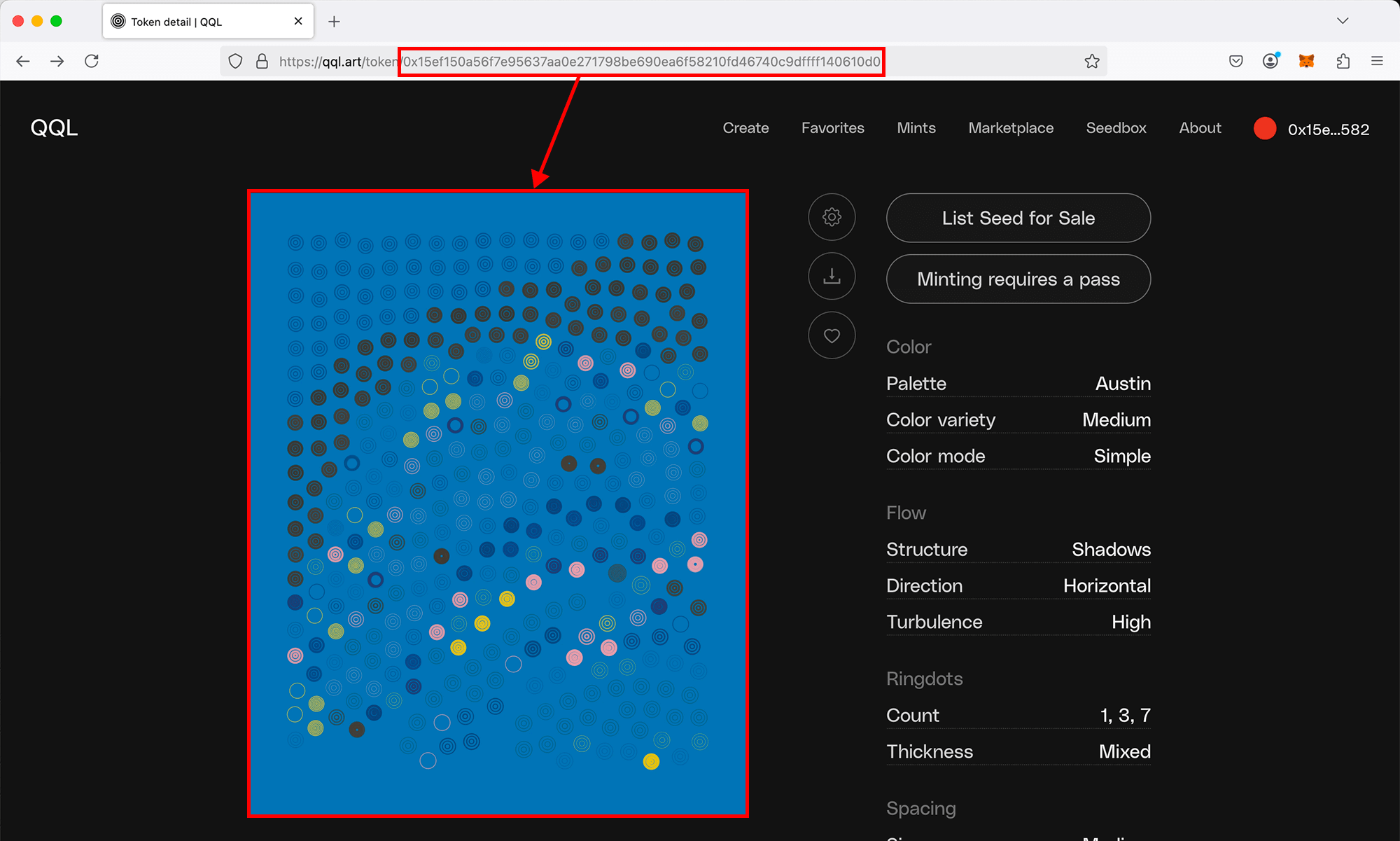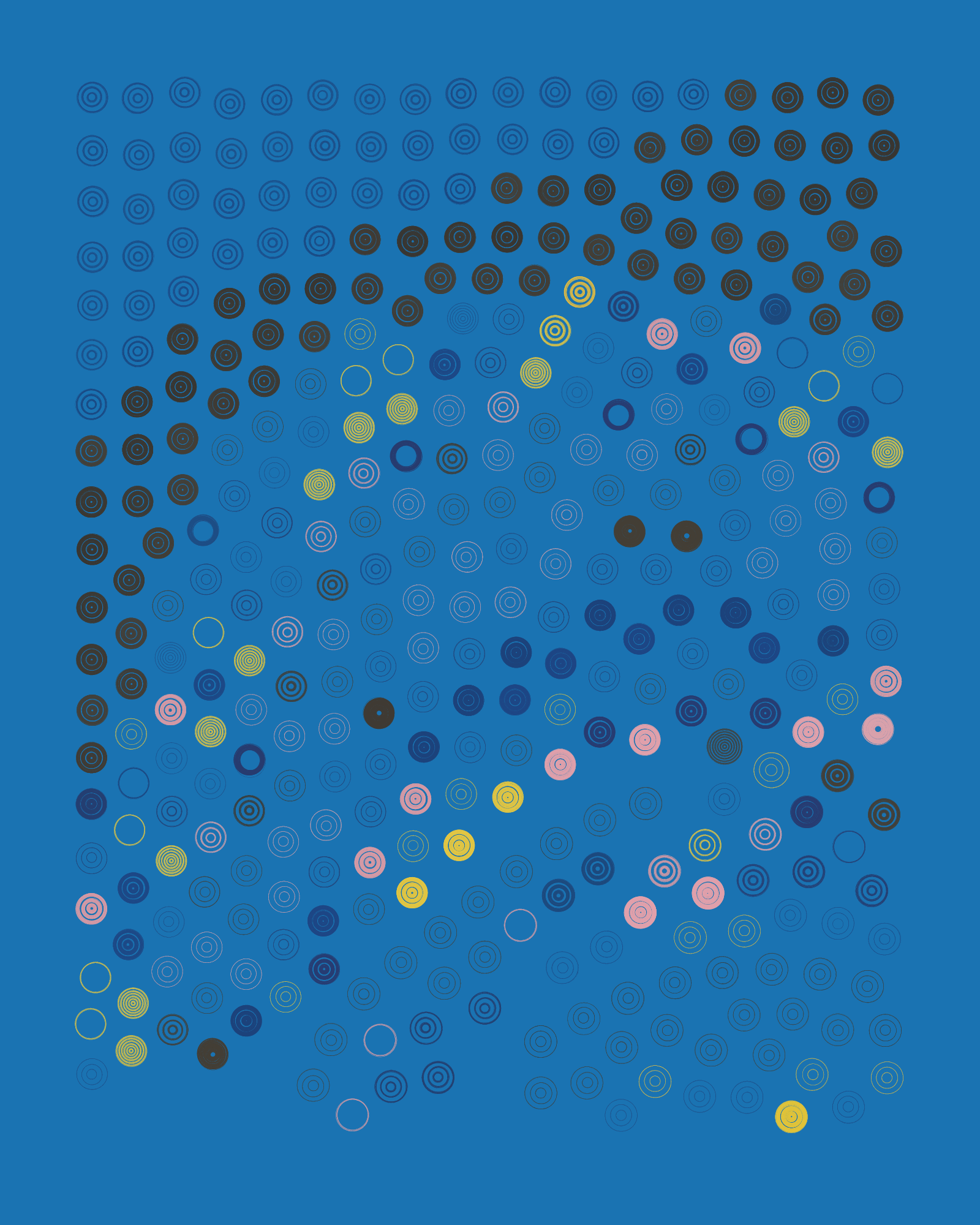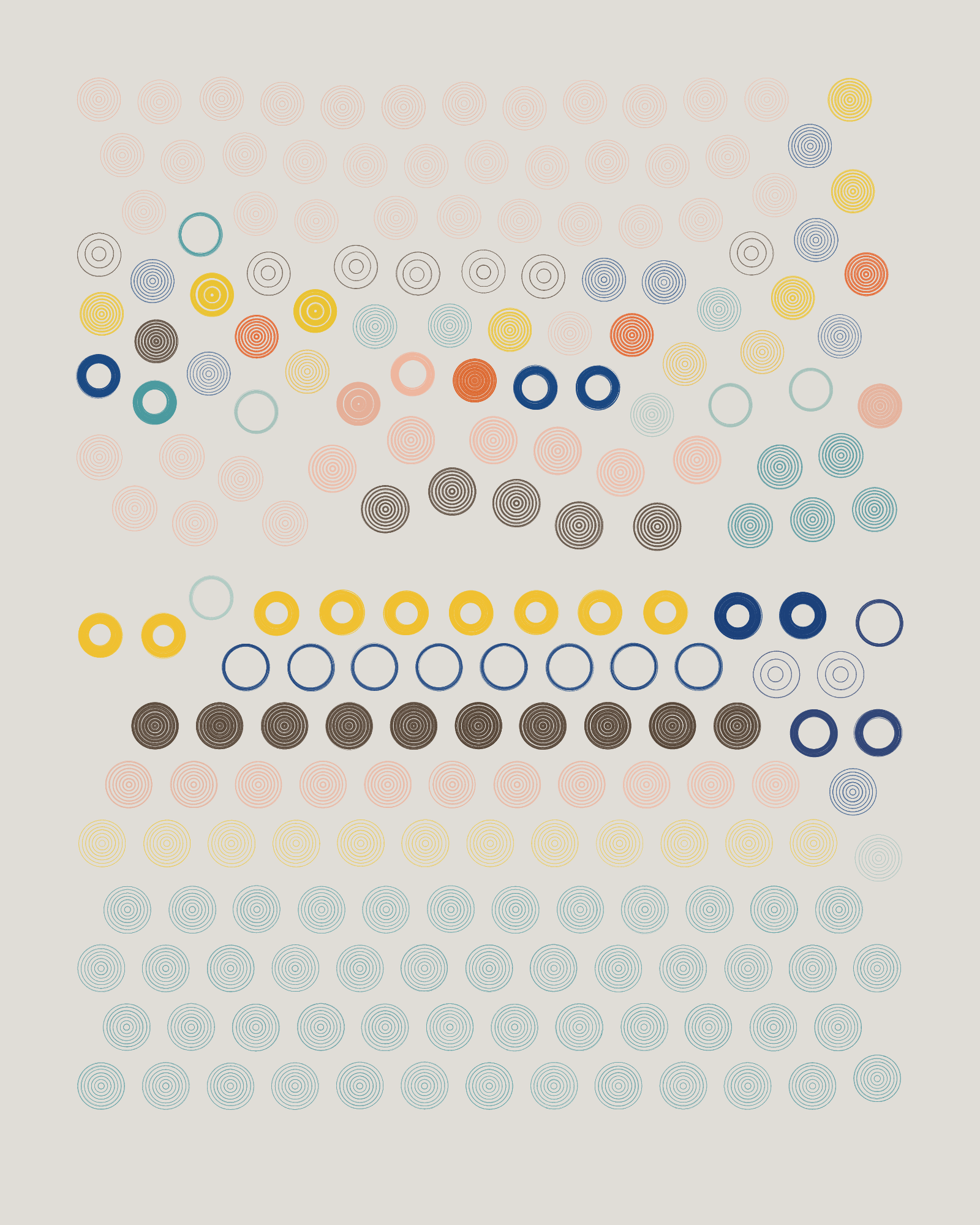What is a Seed?
BY HEEEY
A “seed” usually refers to a unique output generated by the QQL algorithm. Technically speaking, the seed is actually the string of data that is fed into the random number generator within the algorithm, which controls everything that will be visually generated. This page will get into some of the technical details of how a seed works. However, understanding this in detail is not required in order to enjoy making art with QQL!
The Hash
When we view a QQL output on qql.art (or if we download a QQL output) the seed is the string of characters that appear after “/token/” in the URL. This set of characters is connected to the resulting output. If the same seed is used, the algorithm will always produce the exact same image.

QQL seeds are hexadecimal which means that, other than the initial “0x”, they may contain numbers and characters from “a” to “f”.
A QQL seed has four different parts. First is the address, which is composed of a “0x” prefix followed by 40 characters. Each address is unique and can be used to identify the user who generated the seed. This address is also known as the “parametric artist”. Even if the seed changed ownership, its originating address and parametric artist will remain connected to it. The next bit of information a seed contains is the “entropy”, 12 characters long, which makes it possible for a single address to generate different visuals.
The “spiral patch” (or “sentinel”) portion is a common string in all QQL seeds that was added, before release, as a patch to the algorithm to allow the “spiral” trait to be produced correctly. Finally, the last seven characters are used to determine what traits a particular seed is rendering.

From Seed to QQL
While every possible visual output that can be created in QQL is a seed, only 999 seeds can eventually be minted into the collection and become QQL tokens.
QQL tokens are the official and permanent representation of the QQL collection on the blockchain. Each QQL token is inscribed in the QQL contract, which means that history and ownership can be tracked, tokens can be sold and transferred, and the metadata (including the generative art parameters derived from the seed) is immutably recorded on-chain.
How many different QQL seeds can be generated?
Each Ethereum address can be used to generate a very large number of seeds.
There are over seven million unique QQL trait combinations that are possible. This is a result of combining the 40 different traits that are selectable across 12 different categories.
For each of these combinations, the 12-character entropy provides the possibility to render 2.8x10^14 unique images, which means that a single Ethereum address can generate around unique 2.2x10^24 seeds in total.
If we change just one of the entropy characters in the example seed below, the resulting image will be very different. Take a close look and you can spot the difference in the seed’s hash.


To top it off, all these impossibly huge numbers are for just one Ethereum address generating QQL seeds. The Ethereum address space theoretical limit (the quantity of Ethereum addresses that exist) is orders of magnitude larger than the numbers above, to the point that the quantity of seeds in one address are negligible when compared to the quantity of seeds that can be generated by all addresses combined.